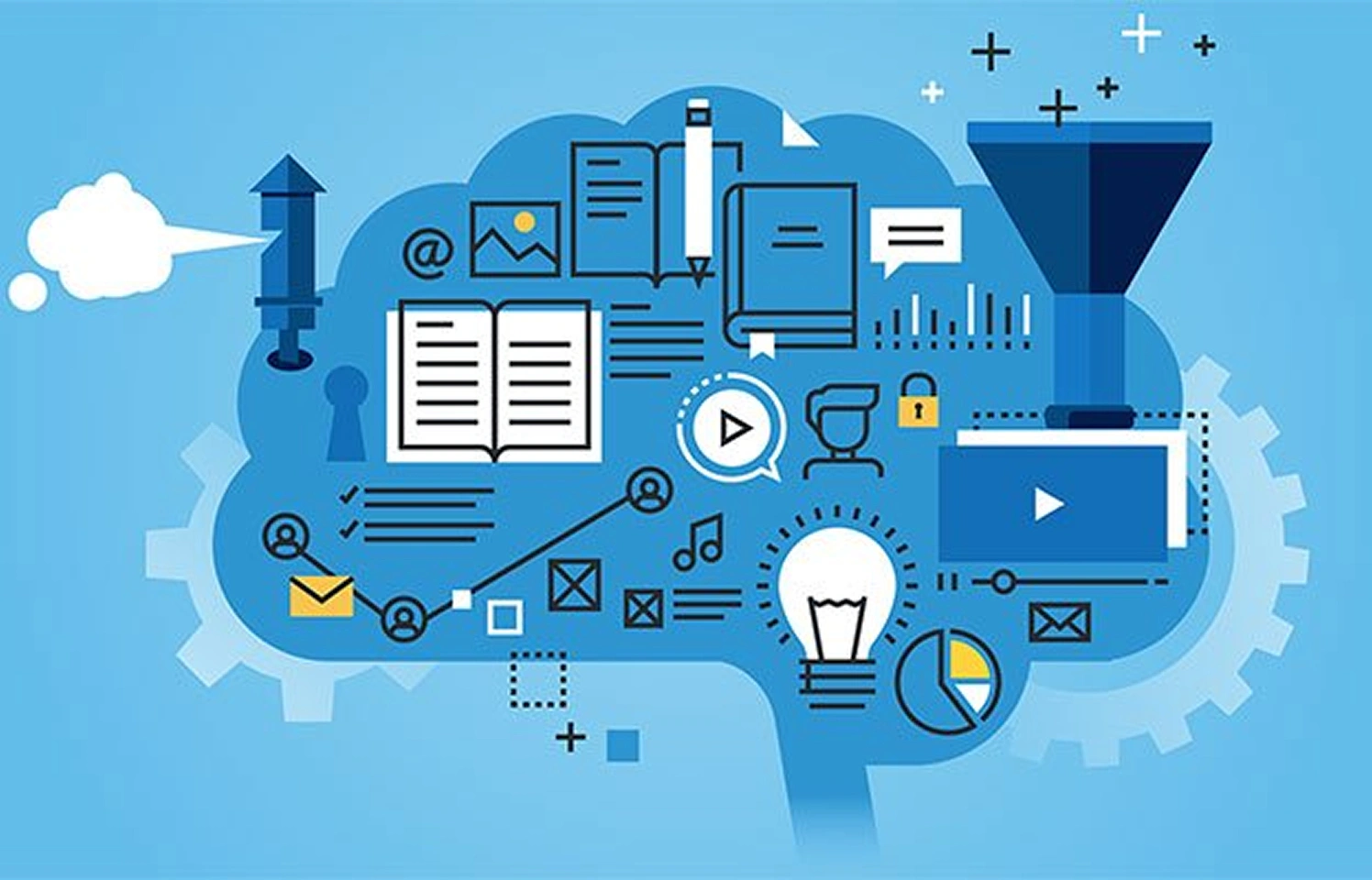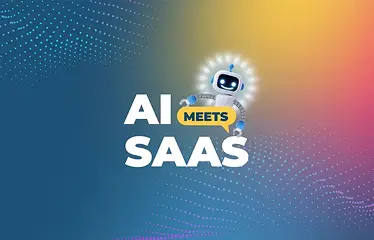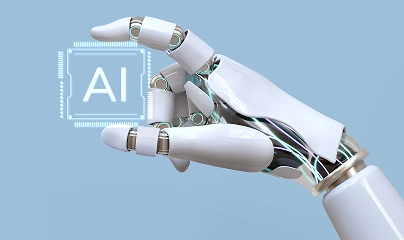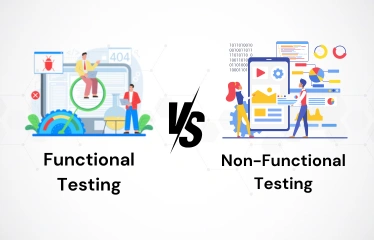By: Nilesh Jain
|
Published on: June 7, 2025
A missed bug can crash a product. A late fix can delay releases. In fast-moving development cycles, catching issues early is not just smart it’s necessary. That’s where machine learning is rewriting the rules of software testing.
Let’s take a step back. Traditionally, QA teams would write manual test cases, track defects, prioritize them, and rely on engineers to patch things up. But as applications scale and testing cycles shrink, manual methods can’t keep up. This is exactly where bug detection with machine learning is starting to make a difference.
Why Testing Can’t Rely on Scripts Alone Anymore
Traditional test scripts follow predefined paths. They don’t adapt when code changes fast, when UI flows shift, or when thousands of real-world edge cases surface.
QA teams, no matter how efficient, hit bandwidth issues. Logs pile up. Bugs slip through.
So how do you test smarter not just harder?
You add intelligence.
Machine Learning: Your New QA Teammate
When integrated well, machine learning (ML) acts like an extra set of eyes across your codebase, UI, test logs, and even user behavior. It helps in:
Predicting bugs before they’re triggered
Prioritizing issues based on impact
Automating test case generation
Diagnosing root causes within seconds
Suggesting probable resolutions
It’s not replacing your QA team it’s powering it up.
Looking to integrate AI into your QA flow? Talk to the Vervali team.
Key Use Cases of AI in Software Testing
Let’s look at how real businesses are applying AI in test automation and bug detection:
1. Predictive Bug Detection
Historical code changes, ticket data, and commit logs help train models that predict which areas of new code are likely to break. This early signal gives developers a chance to tighten things up before QA even runs.
2. Intelligent Bug Classification
No more wasting time sifting through hundreds of low-priority bugs. ML can automatically classify bugs by severity, type, and risk helping your QA team focus on what actually matters.
3. Smart Root-Cause Analysis
By analyzing stack traces, logs, and recent code diffs, AI-powered debugging tools can pinpoint the most probable root cause, saving hours of manual debugging.
This speeds up triage and improves team productivity across engineering.
4. Dynamic Test Generation
Instead of relying only on manual test cases, ML can generate new ones based on recent changes and past failures. These adaptive test suites stay relevant even as the codebase evolves.
At Vervali, we combine static and dynamic test analysis for maximum coverage.
5. Real-Time Bug Resolution Using Machine Learning
With every test run, the system gets smarter. Over time, it starts recommending resolution paths for recurring issues. This means junior engineers or lean teams don’t have to start from scratch every time a bug pops up.
Built for Scale: Why Growing Teams Choose ML for QA
When your app grows from hundreds to millions of users, your test coverage and issue resolution speed must scale too. That’s where Vervali’s machine learning-based QA solutions offer real value:
Curious about real-world ROI? Request a use-case breakdown from our QA consultants.
Custom ML Models for Unique Products
Out-of-the-box QA tools may work for basic web apps. But if your product has domain-specific workflows banking, healthcare, logistics then you need custom ML models for bug resolution.
We help train these models using your data, past issues, and live test logs to create a purpose-built QA layer.
Partnering With the Right AI QA Testing Company
It’s not about adding buzzwords. It’s about integrating intelligence into your software lifecycle. When choosing AI testing service providers, look for:
-
Domain-specific QA experience
-
Engineering-driven ML model training
-
Seamless integration with your tools (Jira, GitHub, Jenkins, etc.)
-
Post-launch support & tuning
At Vervali, we’ve built AI-driven software quality solutions for over 50 clients ranging from startups to Fortune 500 companies. Ready to evolve your QA with machine learning? Let’s start a discovery call.
Frequently Asked Questions (FAQs)
It’s the use of algorithms trained on code, logs, and tickets to detect software bugs automatically.
Yes. Real-time systems can analyze logs and code flows to alert on bugs instantly during runtime.
Absolutely. It’s widely used for prediction, test automation, bug classification, and root cause analysis.
Common algorithms include decision trees, random forests, and neural networks trained on issue severity data.
With quality training data, prediction accuracy can exceed 80% depending on the project complexity.
It scans code using trained ML models to identify unusual patterns or risky areas based on previous defect data.
Yes, most effective ML tools analyze your codebase, commit history, and test data to function accurately..
















































































